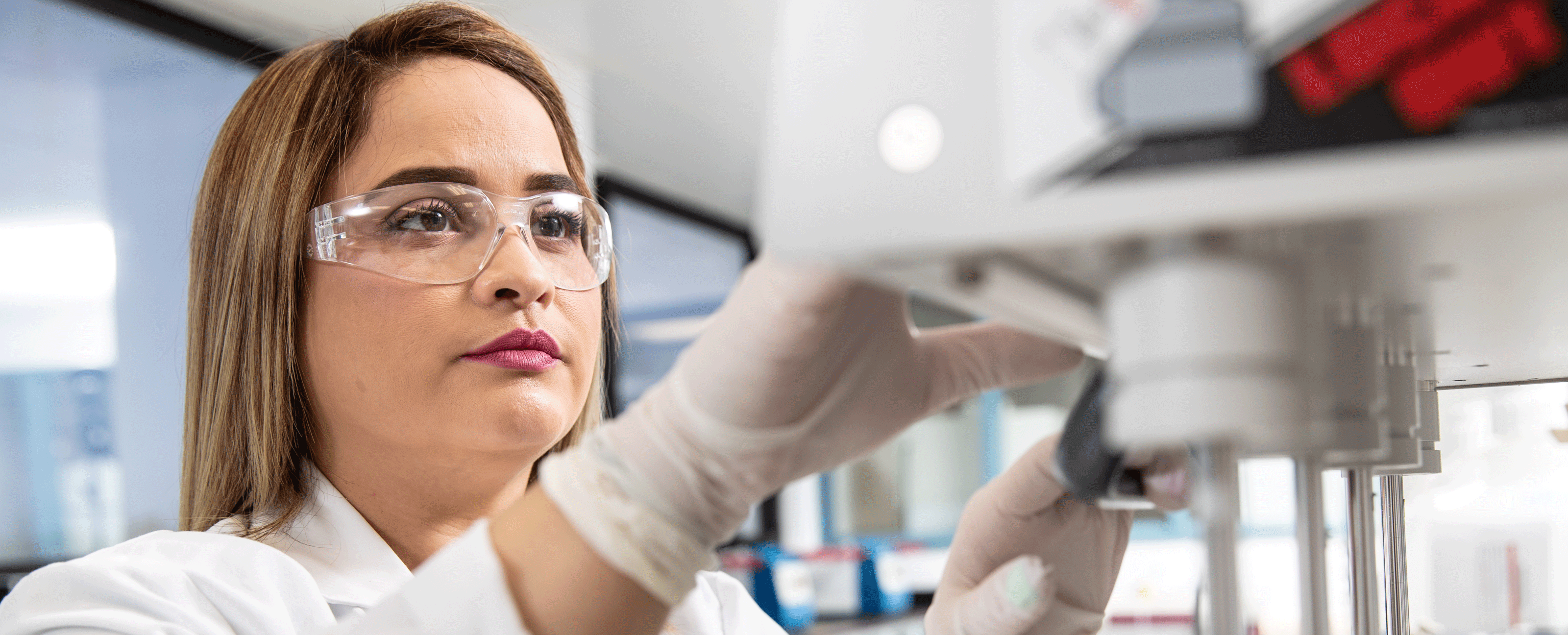Meet the Women Behind Our Cancer Research
February 11, 2021 Posted by: Eli Lilly and Company

Women have longstanding history at Lilly. When Colonel Eli Lilly opened his small chemical manufacturing facility in 1876, one of the first four employees he hired was a woman.
In 1913, Lilly hired its first female M.D., Dr. Elsie Stewart. Dr. Stewart spent much of her time in the research department.
And in 1963, Dr. Mary Root became the first woman to hold a research management position at Lilly. According to Dr. Root, she didn’t always feel welcome as a pioneering woman, but she loved what she was doing for the company, so she pressed forward until she retired in 1985.
Decades after Dr. Root’s appointment, there’s still more work to be done. Today, women comprise less than one-third of scientific researchers worldwide.
We recognize the impact of our female researchers and how they’re making life better for people around the world.
Here are just a few of the women at Lilly who are making a difference in oncology research:

Kyla Driscoll
Kyla Driscoll, Ph.D., CSO, Immune Oncology, Lilly Oncology, always loved asking a question, then gathering the information to find out the answer; solving even the most simple biology question was thrilling. Driscoll still appreciates every opportunity to learn and is inspired by the many people at Lilly who have made a difference for patients. “I work with amazing scientists that teach me something new every day,” she says. Driscoll even admits she can get a bit starstruck. “Lilly is leading by example, with climbing numbers of women in science and leadership,” she says. “Younger female scientists can actually see a career path opening to them that was not visible only a short time ago.” Whether it’s including women or minorities or just different backgrounds, Driscoll is convinced diversity is, in general, the key to opening new doors for innovation. She hopes to continue growing opportunities that help young women to enter science, showing them how important and impactful they can be bringing their true selves to work.
Divya Sagar
Divya Sagar, Ph.D., grew up fascinated by environmental science, history and space exploration, but her interest in scientific research was piqued when she attended college in the United States. (She’s originally from Mumbai, India.) She realized that nothing made her happier than a scientific experiment that has potential to create a life-saving drug.
“STEM fields are the backbone of progress in medicine and technology,” says Sagar, an immuno-oncology scientist in Lilly Oncology. “And the idea of making a difference in other people’s lives motivates me to pursue my goals.” Always inspired by researchers who work to bring hypothesized ideas to reality, she continues to be influenced by Lilly’s collaborative, forward-thinking environment and the company’s diverse leadership, including its many women in prominent positions.
“Having more women in science means different perspectives to guide innovation and more individuals working passionately towards breakthroughs,” she says.
She believes it’s important for future generations to grow up aware that scientific advancement comes from collective efforts that are race-and gender-inclusive.
Julie Dobkin
Currently a principal research associate in immuno-oncology, Julie Dobkin was drawn to the excitement of the field, but also Lilly’s culture. “It’s the people here who motivate me to be a better scientist,” she says. Dobkin attributes her achievements over the years to working with talented scientists who were passionate, knowledgeable and always made time to answer her questions – and she wants to pay that encouragement forward. “Learning the steps other women have taken to become leaders has helped me gain insight for my own career path, as well as information I hope to pass along as a mentor myself,” she says. Helping girls know they are capable is the best thing we can do for those considering STEM careers, according to Dobkin. She’s hoping we can break down the stereotypes that keep young women from pursuing these subjects in school by creating more support. “The more successful women and diverse leadership in these fields, the more different perspectives we’ll have to guide innovation,” says Dobkin. “And that innovation leads to new medicines with wider reach.”